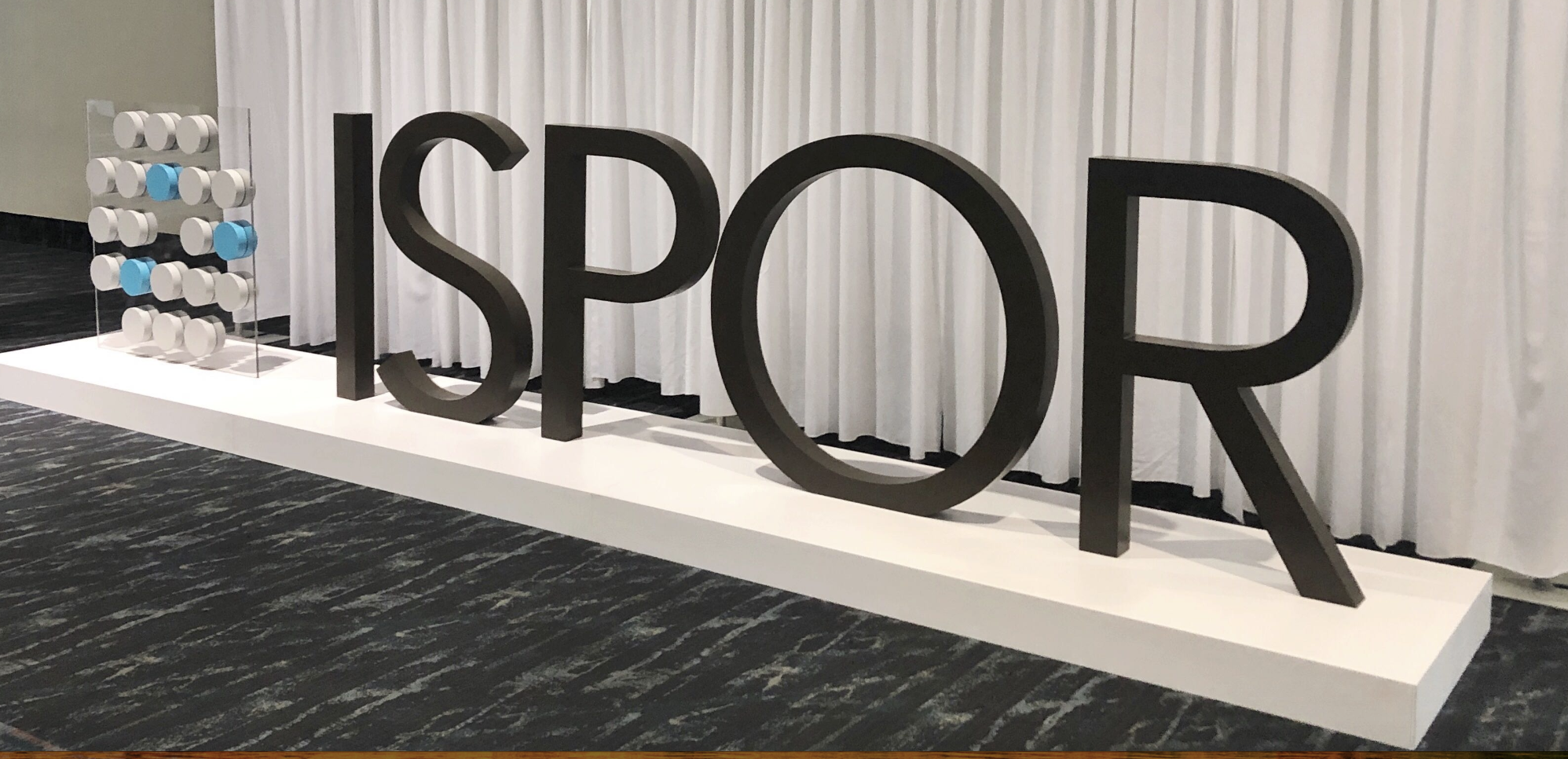At the International Society for Pharmacoeconomics and Outcomes Research’s (ISPOR) 24th Annual International Meeting in New Orleans, researchers and speakers highlighted emerging trends in data-driven decision-making.

Here are four key takeaways from the conference:
- “Think exponentially”: Dr. Daniel Kraft gave an exceptional keynote on “The dawn of disruption in the health sector: Will innovative technologies require innovative ways of thinking?” With the significant amount of innovative technologies launched recently, it is often hard for evaluation methodology and the health care sector to keep pace. Dr. Kraft called for the conference attendees to think exponentially: to innovate not for the challenges of today, but for the challenges of the future. In HEOR, this kind of thinking is embodied by ongoing work in real-world evidence and the challenge of getting the right drugs to the right patients at the right time. Utilizing RWE, however, calls for innovative methods to ensure fit-for-purpose data, statistical and study design methodology that limits bias, and results that are transparent and reproducible—the definition of ”exponential thinking” in HEOR.
- The need for transparency in data-driven evidence: In the panel session “Gazing into the HEOR Crystal Ball,” transparency was discussed as an essential component to moving HEOR into the 2020s. This transparency expands beyond the pharma and payer relationships, but to all sectors of the healthcare system: patients, providers, caregivers, data providers, and researchers. The call for transparency has been amplified recently, especially around RWE. For example, the ISPOR-ISPE Special Task Force on RWE in Health Care Decision Making and ISPE-ISPOR Reporting to Improve Reproducibility note confidence in RWE could be achieved with greater transparency in data curation, study design, and implementation to facilitate reproducibility. Regulators and payers are also calling for this transparency in order to ensure valid results for decision-making.
- Untapped opportunities for real-world evidence: As expected, the recent FDA framework on RWE was discussed at length in multiple panels. RWE continues to be a hot topic as researchers, pharma, and payers all focus on how RWE can answer their questions on delivering value in health care. There is still significant untapped opportunity, however, to leverage RWE in decision-making across drug development and structuring value-based contracts. A presentation by colleagues at Tufts University Medical Center and the University of Manchester noted that just seven percent of citations listed in coverage decisions for US commercial health plans were for RWE studies, despite the ability RWD offers to identify emerging-risk subpopulations and new treatment pathways.
- Building confidence in real-world evidence: Hesitation to rely on RWE for decision-making due to methodological issues with nonrandomized data remains among many stakeholders. Aligning on methodology and reproducibility of findings, however, is increasingly identified as a main strategy to confirm the scientific validity of RWE studies.
In his keynote, Kraft spoke of health care being in a “golden age of disruptive innovation.” And across the panels and sessions that followed that opening to the conference, real-world evidence was cited as a powerful lever to measure the impact of those innovations—and to ensure they deliver value for patients, providers, payers, and pharma alike.

